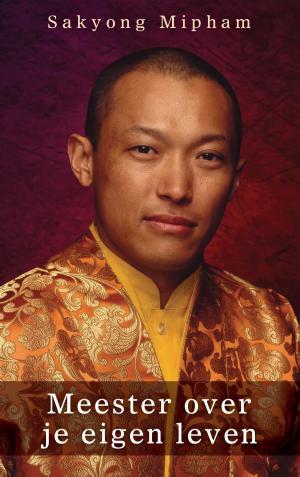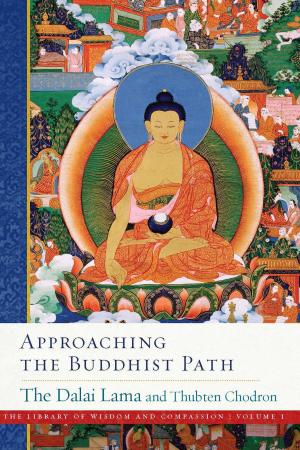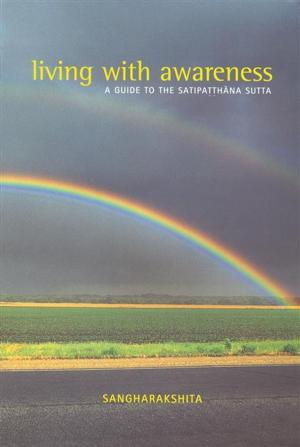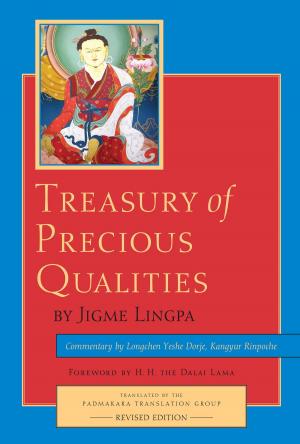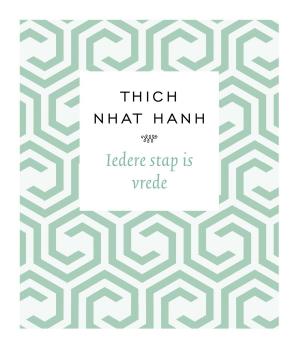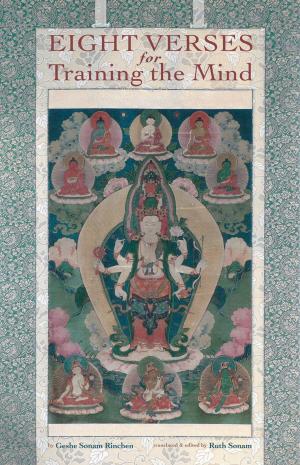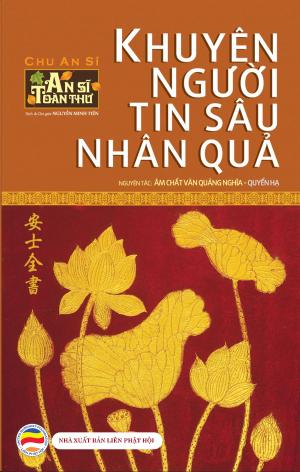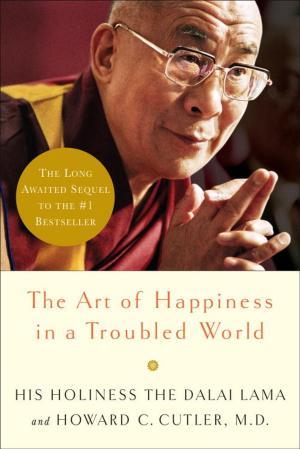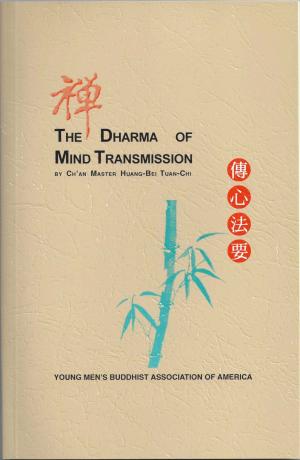Gampopa Teaches Essence Mahamudra Volume I
Nonfiction, Religion & Spirituality, Eastern Religions, Buddhism| Author: | Tony Duff | ISBN: | 9789937572095 |
| Publisher: | Padma Karpo Translation Committee | Publication: | August 22, 2016 |
| Imprint: | Padma Karpo Translation Committee | Language: | English |
| Author: | Tony Duff |
| ISBN: | 9789937572095 |
| Publisher: | Padma Karpo Translation Committee |
| Publication: | August 22, 2016 |
| Imprint: | Padma Karpo Translation Committee |
| Language: | English |
This Kindle Book is the first volume of a two volume set. The two volumes collectively contain all of the “Interviews” section of Gampopa’s Collected Works. Both volumes are important to read, with the preface to each explaining this point clearly.
Interviews or “question and answer sessions” as they are literally called in Tibetan are records of the personal interviews of a great teacher with those who come to see him. These are amongst the most interesting writings to be found in Tibetan literature because of the very personal quality found in them. The interviews section of Gampopa’s Collected Works consists of interviews with four of his greatest yogin disciples—the first Karmapa Dusum Khyenpa, source of most of the lesser Kagyu lineages Phagmo Drupa, Lord Gomtshul, and Yogin Choyung.
The outstanding feature of these interviews is that Gampopa [1079–1153] uses them to give private teachings on Essence Mahamudra, the ultimate transmission of Mahamudra within the Kagyu lineage. In one session after another, Gampopa reveals all the teachings of Essence Mahamudra to his foremost disciples in a thoroughly personal, pointed, and practical manner. Another feature of these interviews is the very clear picture they paint of how the ultimate Mahamudra teaching was given in the early days of the Kagyu lineage. Many important points of the teaching, some which seem to have been lost historically, can be understood from them. Yet another feature of these interviews is that the majority of them are notes that were taken on the spot or written out just after the interviews. As such, they are historical records which give us a very personal sense of Gampopa and these great disciples and what they went through on their personal journeys to enlightenment. More than that though, the reader gets a distinct impression of the personalities involved through their own, hand-written records.
This Kindle Book is the first volume of a two volume set. The two volumes collectively contain all of the “Interviews” section of Gampopa’s Collected Works. Both volumes are important to read, with the preface to each explaining this point clearly.
Interviews or “question and answer sessions” as they are literally called in Tibetan are records of the personal interviews of a great teacher with those who come to see him. These are amongst the most interesting writings to be found in Tibetan literature because of the very personal quality found in them. The interviews section of Gampopa’s Collected Works consists of interviews with four of his greatest yogin disciples—the first Karmapa Dusum Khyenpa, source of most of the lesser Kagyu lineages Phagmo Drupa, Lord Gomtshul, and Yogin Choyung.
The outstanding feature of these interviews is that Gampopa [1079–1153] uses them to give private teachings on Essence Mahamudra, the ultimate transmission of Mahamudra within the Kagyu lineage. In one session after another, Gampopa reveals all the teachings of Essence Mahamudra to his foremost disciples in a thoroughly personal, pointed, and practical manner. Another feature of these interviews is the very clear picture they paint of how the ultimate Mahamudra teaching was given in the early days of the Kagyu lineage. Many important points of the teaching, some which seem to have been lost historically, can be understood from them. Yet another feature of these interviews is that the majority of them are notes that were taken on the spot or written out just after the interviews. As such, they are historical records which give us a very personal sense of Gampopa and these great disciples and what they went through on their personal journeys to enlightenment. More than that though, the reader gets a distinct impression of the personalities involved through their own, hand-written records.



